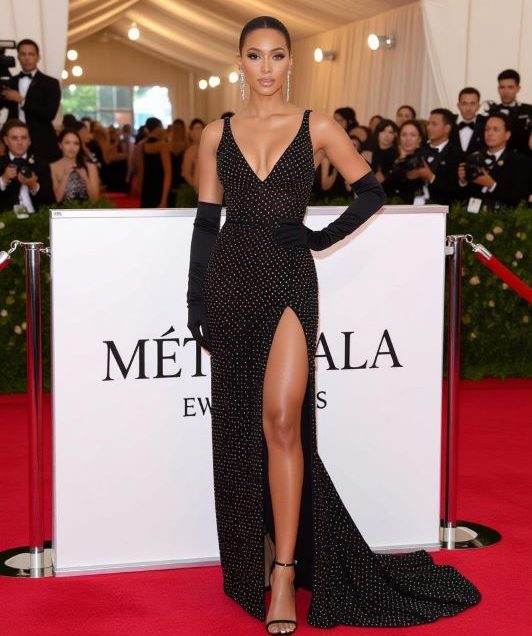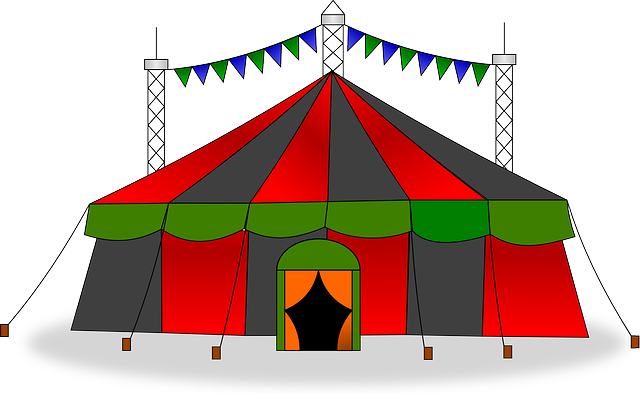
Thousands of photos were snapped at the 2025 Met Gala before the first celebrity even stepped inside the Metropolitan Museum of Art. Cameras, smartphones, and live streams all focused on the entrance. Every frame included more than just stars. It included the carefully designed backdrop that turned a doorway into a statement piece. This quiet but powerful visual element has become a signature feature of New York City’s most celebrated events.
The magnetic effect of a well-designed backdrop was clear at this year’s Met Gala held on May 5, 2025. Guests arrived on a midnight blue carpet printed with daffodils to match the theme “Superfine: Tailoring Black Style.” Just off to the side of the walkway, branded panels greeted attendees, framing each photo and interview. These backdrops, known as Step and Repeat banners NYC, signaled prestige to everyone arriving and hinted at the stories about to unfold inside. The banners were more than décor. They set the tone for the evening and invited curiosity about who would appear next.
The Role of Banners in Building Anticipation
Strategically placed banners act as silent storytellers for event planners. They display logos, sponsors, and event names in a way that feels seamless to attendees and viewers at home. People watching the live stream or scrolling through social media see these images and instantly recognize the event’s identity. This helps build anticipation for future guests and reinforces the theme for everyone present.
New York City events in 2025 have used this technique widely. From the Tribeca Film Festival to Fashion Week pop-ups, organizers create “photo zones” that double as marketing spaces. The setup entices guests to stop, take pictures, and share them online. Each snapshot carries the event’s identity far beyond the venue walls, extending its reach to global audiences. For more on how creative event models enhance live shows and boost audience excitement, check out this guide on entertainment and event models bringing life to every show.
Why Step and Repeat Banners Work
The effectiveness of these banners lies in their ability to guide the flow of attention. They give photographers a clear spot to frame their shots. They give celebrities and speakers a clear place to stand. This order creates a sense of ritual, which adds to the excitement. Attendees often pause to admire the backdrop and discuss its design, sparking curiosity about the creative choices behind it.
- Brand reinforcement: Every photo shared online features the event name or sponsor logo without feeling intrusive.
- Visual consistency: The repeated graphics create a recognizable pattern that viewers link to the event.
- Audience engagement: Guests often post selfies or short videos from these areas, giving the event free publicity.
Real-Life Events from 2025
- Met Gala 2025 – Used a midnight blue daffodil-print carpet with branded panels that framed photos and interviews.
- New York Music Awards (June 2025) – Installed a striking silver backdrop at Radio City Music Hall, reflecting stage lights for a dynamic TV and social media background.
- Tribeca Film Festival 2025 – Featured interactive panels with QR codes linking to exclusive online content, drawing attendees deeper into the event story.
Event organizers also report that these banners help manage crowd flow. By creating a designated area for photos, the rest of the entrance stays clear. This makes the experience smoother for both guests and security teams. It also enhances the sense of occasion, making attendees feel like part of something special as they walk past the branded backdrop.
Designing for Impact
Creating a banner that excites an audience takes planning and creativity. Designers consider color, typography, lighting, and placement. A banner that looks dull in person can come alive on camera with the right lighting. Event themes also shape the design. For example, a fashion show might choose bold patterns to match the season’s styles, while a charity gala might feature a more understated palette to highlight its mission.
Planners often work with experienced print teams to achieve the right look. These professionals know how to balance brand visibility with visual appeal. They understand how different materials reflect light, how logos scale, and how to ensure the backdrop remains stable during long events. These details might go unnoticed by most guests, but they play a major role in how the event appears to the world.
Step and Repeat Banners NYC in the Spotlight
As live events become more competitive for attention, these banners are becoming a standard part of the toolkit. They allow even small events to project a sense of polish and importance. When an attendee or celebrity steps in front of a backdrop covered with logos and event names, it signals to everyone watching that something significant is happening. The simple act of walking past a printed wall transforms into a media moment.
At its best, a banner can intrigue onlookers and make them want to know more. Viewers might wonder who will step in front of it next, what the evening’s theme means, or how they can be part of the experience. This curiosity is exactly what event planners hope to achieve. By making the backdrop an integral part of the event narrative, they turn a flat printed surface into a living symbol of the occasion.
Conclusion
Step and repeat banners have evolved from simple photo backdrops into powerful storytelling tools for New York City’s events. Whether at the Met Gala, music awards, or film festivals, these displays help frame the experience, spark curiosity, and keep audiences engaged long after the last guest leaves. With Step and Repeat banners NYC continuing to appear at high-profile events, the next red carpet or festival entrance you see may already be working its quiet magic, enticing you to look closer and join the conversation.

